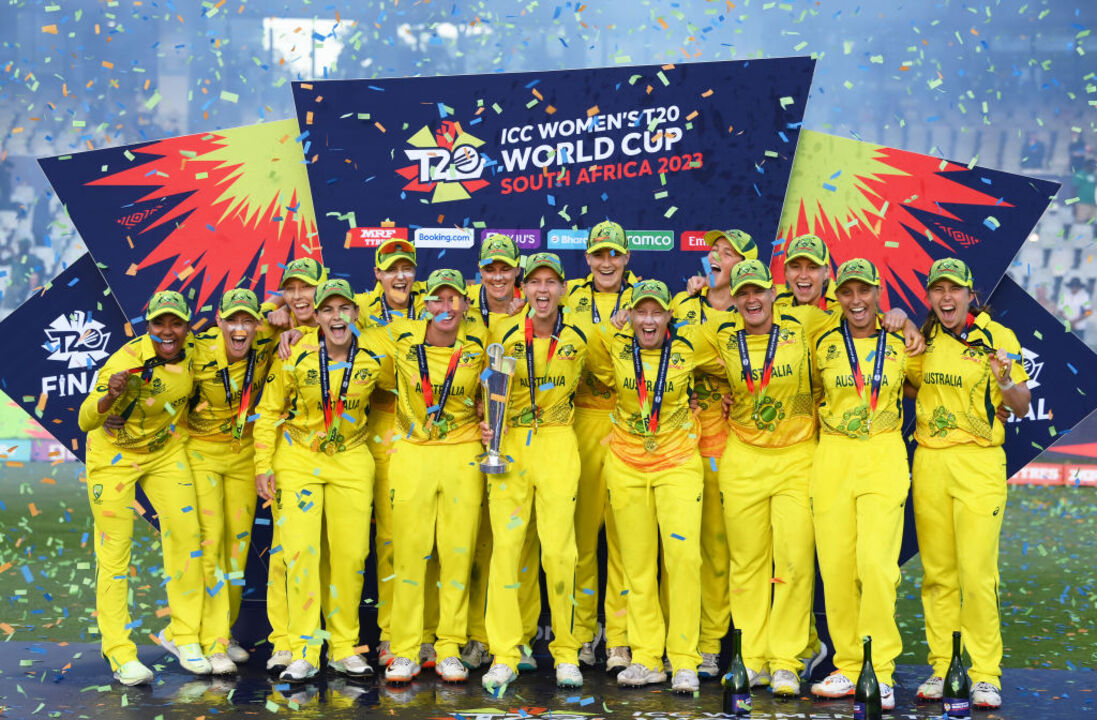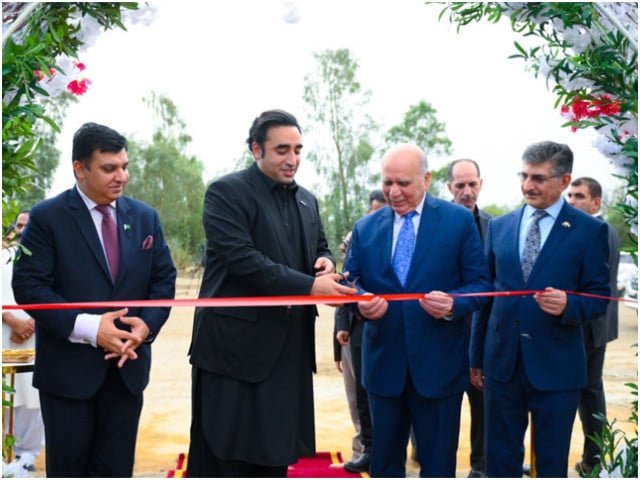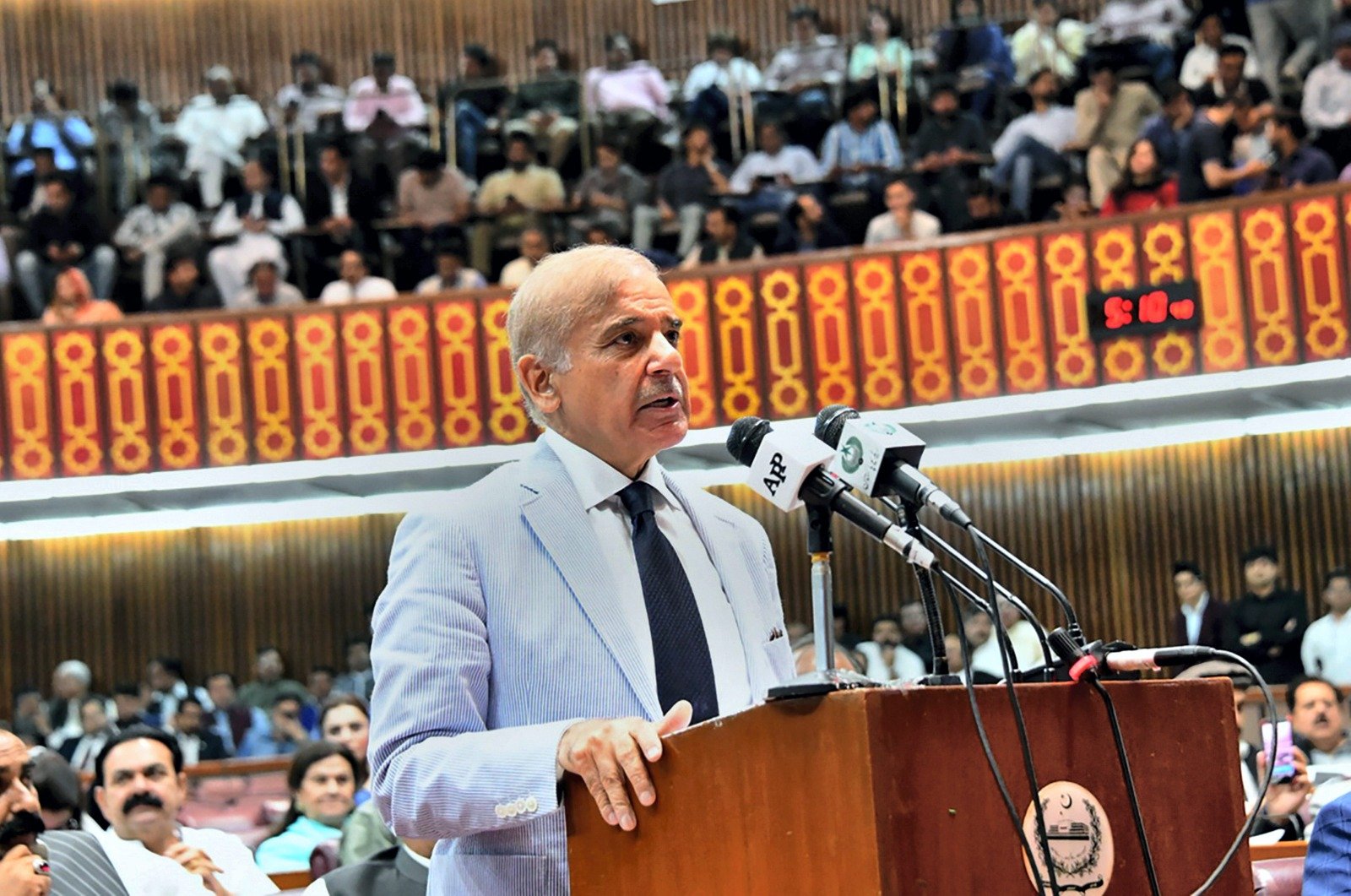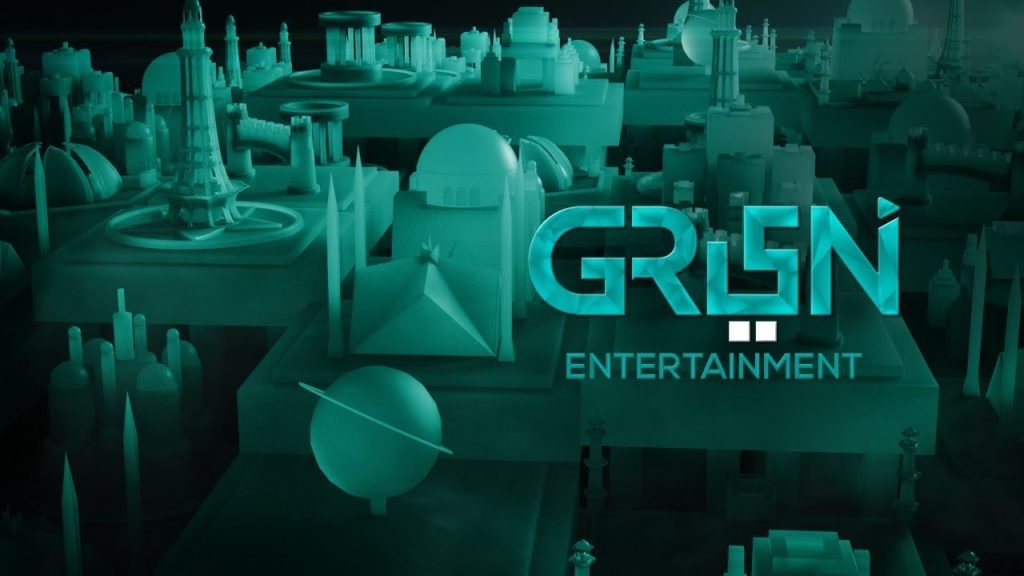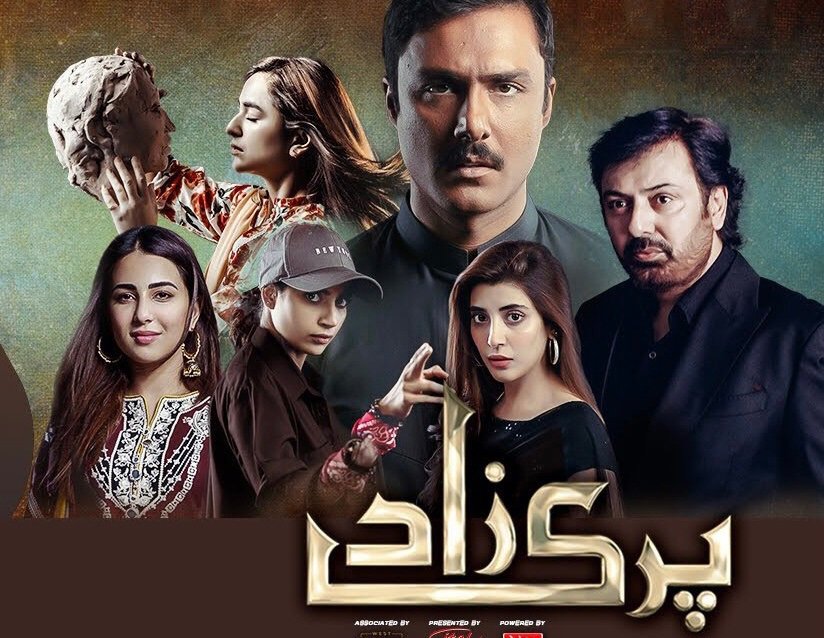Karachi: The Artistic Haven Through History
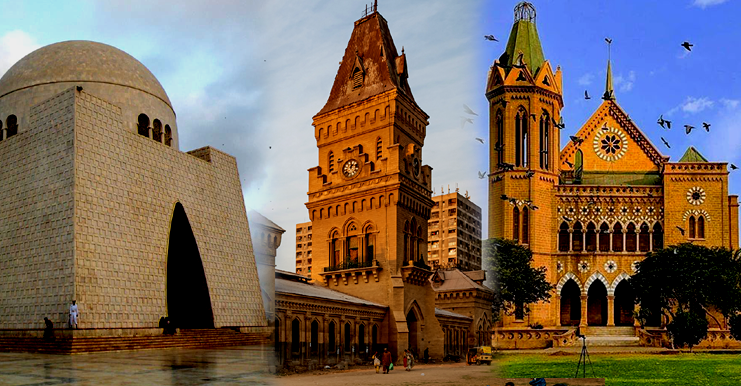
Karachi, a city with a rich historical backdrop, has always been a haven for artistic expression. From its early days as a bustling port city to its current status as Pakistan’s economic and cultural hub, Karachi has nurtured a vibrant arts scene.
A Glimpse into the Past
Karachi’s artistic journey can be traced back to the early 19th century when it served as a major trading post for the British Raj. The city’s strategic location attracted merchants, diplomats, and artists from around the world, infusing Karachi with diverse artistic influences. This fusion of cultures laid the foundation for a thriving arts community that would blossom in the years to come.

Cultural Landmarks
Throughout its history, Karachi has been home to iconic cultural landmarks that have played a pivotal role in shaping the artistic landscape. The Frere Hall, built in the 1860s, stands as a testament to the city’s architectural grandeur and hosts regular art exhibitions, attracting art enthusiasts from all walks of life. The Arts Council of Pakistan, founded in 1951, has been a focal point for nurturing and promoting local talent, organizing art exhibitions, theatrical performances, and music concerts.
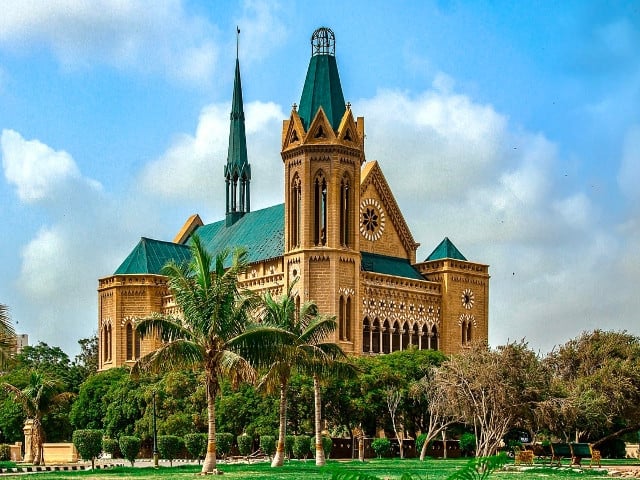
A Symphony of Sounds:
Karachi’s music scene is a testament to its diverse cultural heritage. The city has been a melting pot of musical genres, from classical and traditional Pakistani music to qawwali, sufi, pop, and rock. The iconic National Academy of Performing Arts (NAPA) has been instrumental in preserving and promoting the rich musical traditions of Pakistan, offering training programs and organizing performances that captivate audiences.
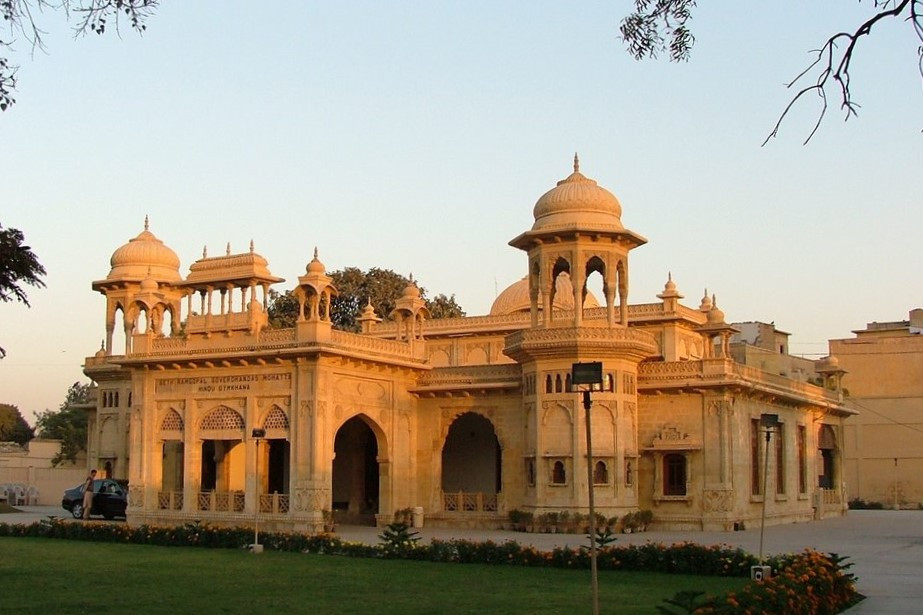
Artistic Expression Unleashed
Karachi’s art galleries, such as the Mohatta Palace Museum and the Chawkandi Art Gallery, provide platforms for artists to exhibit their works and showcase the city’s thriving art scene. These spaces have witnessed the evolution of artistic styles over the years, showcasing a blend of traditional, contemporary, and experimental artworks. The vibrant street art scene in neighborhoods like Zamzama and Clifton adds a dynamic and colorful touch to the city’s artistic landscape.

Preserving Heritage
Karachi’s artistic community has also been instrumental in preserving the city’s heritage. Artists and photographers have captured the city’s architectural marvels and cultural landmarks, shedding light on their historical significance. These visual representations not only inspire creativity but also create awareness about the importance of preserving Karachi’s cultural heritage.
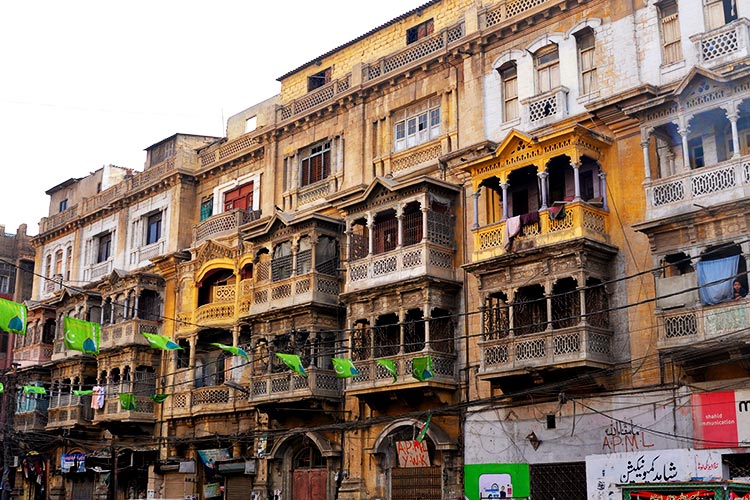
Conclusion
From its early days as a melting pot of cultures to its modern-day status as an artistic hub, Karachi has continuously nurtured and celebrated artistic expression. The city’s art galleries, music venues, and theaters provide platforms for artists to showcase their talents and contribute to the diverse cultural fabric of Pakistan. As we embrace the future, let us also cherish and preserve Karachi’s rich artistic heritage, ensuring that it continues to thrive for generations to come.




